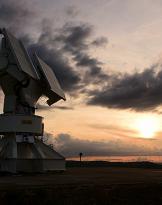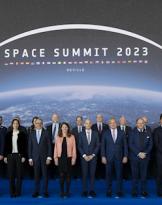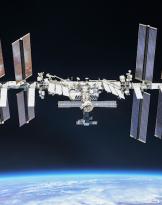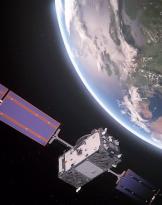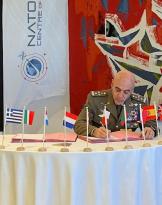The Finmeccanica Group plays a key role in the development of the Galileo program, with its Telespazio, Thales Alenia Space and Selex ES companies.
Telespazio plays a role of primary importance in Galileo, having built one of the two control centers (GCC) that manage the constellation and mission of the program at the Fucino Space Center. Furthermore, through Spaceopal - a company established in a XNUMX/XNUMX joint venture with DLR / GfR - Telespazio is responsible for the operations and integrated logistics of the entire system, guaranteeing the management and coordination of services.
After the launch, the Galileo del Fucino Control Center will be involved in the IOT (In Orbit Test) activities of the program, aimed at verifying the functionality and performance of the payloads on board the satellites. An important role in the launch operations was played by Telespazio France which from Toulouse and Kourou supported CNES and Arianespace in the management of the Launch Center in Guyana and in the launching and putting into orbit of the satellites.
Finally, Telespazio is engaged in the validation phase of the program's early services and in the development of applications based on Galileo, which will favor the development and dissemination of innovative services in multiple sectors: transport, telecommunications, geodesy, oil exploration and mining.
Thales Alenia Space has been a key partner of the Galileo Program since its inception: as head of the Galileo System Support Contract, the company provides industrial support to the European Space Agency (ESA) by carrying out system activities related to design, performance, system integration and validation. Furthermore, Thales Alenia Space is the first contractor for the development of the Galileo Mission Segment and the Galileo Security Facility which will guarantee control of the entire satellite navigation system.
The company also provides some key elements such as signal generating units and antennas for the first constellation FOC (Full Operation Capability) phase 22 satellites. Thales Alenia Space has also assembled, integrated and tested the 4 IOV (In Orbit Validation) group at the Rome site.
Selex ES contributes to the Galileo European satellite navigation system from the early stages of the program, with the development and production of the IRES-N2 (Infrared Earth Sensor) and the PHM (Passive Hydrogen Maser) atomic clock. IRES – N2 is a particularly advanced and reliable attitude sensor, used for controlling the position of spacecraft, which takes the Earth's horizon as its reference. The PHM is the most stable on-board clock ever made for space applications, characterized by extraordinary accuracy in measuring time with a difference of one second every three million years. The atomic clock guarantees the Galileo navigation system an accuracy in the detection of the position never obtained before and has been integrated both in the IOV (In Orbit Validation) phase and in the FOC (Full Operational Capability) phase of the satellite system. Overall, Selex ES supplies over fifty IRES-N2 sensors and as many PHM units for the satellite navigation system, which are crucial for the quality of the operations and services that will be provided by the Galileo system.
The Galileo program was born from the collaboration of the European Union with ESA to improve Europe's technological autonomy and define international standards for global satellite navigation systems. The aim of the program is the creation of a satellite navigation system, capable of providing a reliable and high-precision global positioning service interoperable with the US GPS system and the Russian GLONASS system. When fully operational, Galileo will consist of a constellation of 30 satellites in MEO (Medium Earth Orbit) and numerous terrestrial infrastructures.
Source: Telespazio




